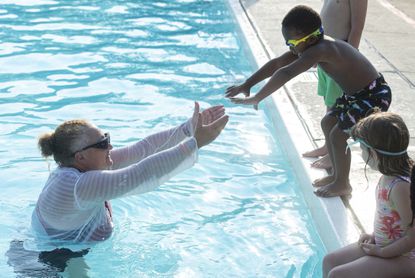MAY 20, 2020 – Everyone’s heard of the scientific method. Strike that. Some have heard of the scientific method and fewer yet, apparently, actually understand it, and a subset of those who understand it, fully subscribe to it. (For the record, the scientific method is an approach to knowledge whereby hypotheses are formulated, tested, and modified by systematic observation applying rigorous skepticism, empirical measurement, and experiment.)
But how many have heard of (understand and fully subscribe to) the “historical method”? Exactly. (A subset of the people who’ve heard of, understand, and fully subscribe to the scientific method. Again, for the record, a definition of “historical method,” borrowed from Merriam-Webster, is “a technique of presenting information (as in teaching or criticism) in which a topic is considered in terms of its earliest phases and followed in an historical course through its subsequent evolution and development.”)
In fairness, “historical method” is by its very nature a lot squishier than . . . nature—figuratively speaking. Much of the study of nature gets down to math, and if the secrets of math must themselves be discovered, understood, and applied, math is math. In the study of history, however, there’s no universal language or measuring stick. Sure, historical “facts” exist but within the fluid context of ever-changing social, political, and economic conditions and attitudes—hence the squishy definition by Merriam-Webster.
Nevertheless, even with the inherent subjectivity of the historical method, the study of history is as critical to one’s understanding of the human condition as the study of science is to one’s understanding of the natural world—and its effect on the human condition.
Although I was an undergraduate history major, I don’t remember much of lectures or readings that delved into historiography—the study of historical methods. We just plunged into the pool, read tons of books and articles, heard hours of lectures, and wrote papers involving thesis development, research (primary and secondary sources), synthesis, argument, and conclusion. Now as an armchair “student of history,” I don’t develop a thesis, research, and so on. I just pick up a book that looks interesting and read it for what it’s worth, gauging such by way of the author’s source notes and bibliography. But what one scholar/writer says—and what I, in turn, conclude about the author’s hypothesis, research, analysis and conclusion—are to be consumed with a few grains of salt.
Knowing something, however, about an era, an epoch, a movement, or an influential player in the past provides a frame of reference for additional information about such era, et cetera.
Lately, my “historical method” mimics swimming class venues:
- Wading pool: To get my feet wet, watch a Netflix series (e.g. Bolívar; The Borgias; Medici);
- Shallow end of regular swimming pool: To float, watch PBS-quality documentaries;
- Middle depth: To learn a few strokes, listen to podcasts by entertaining lecturers;
- Deep end: To learn how to swim in water over my head, read acclaimed books.
Jump on in! The water’s fine!
(Remember to subscribe to this blog and receive notifications of new posts by email.)
© 2020 by Eric Nilsson
